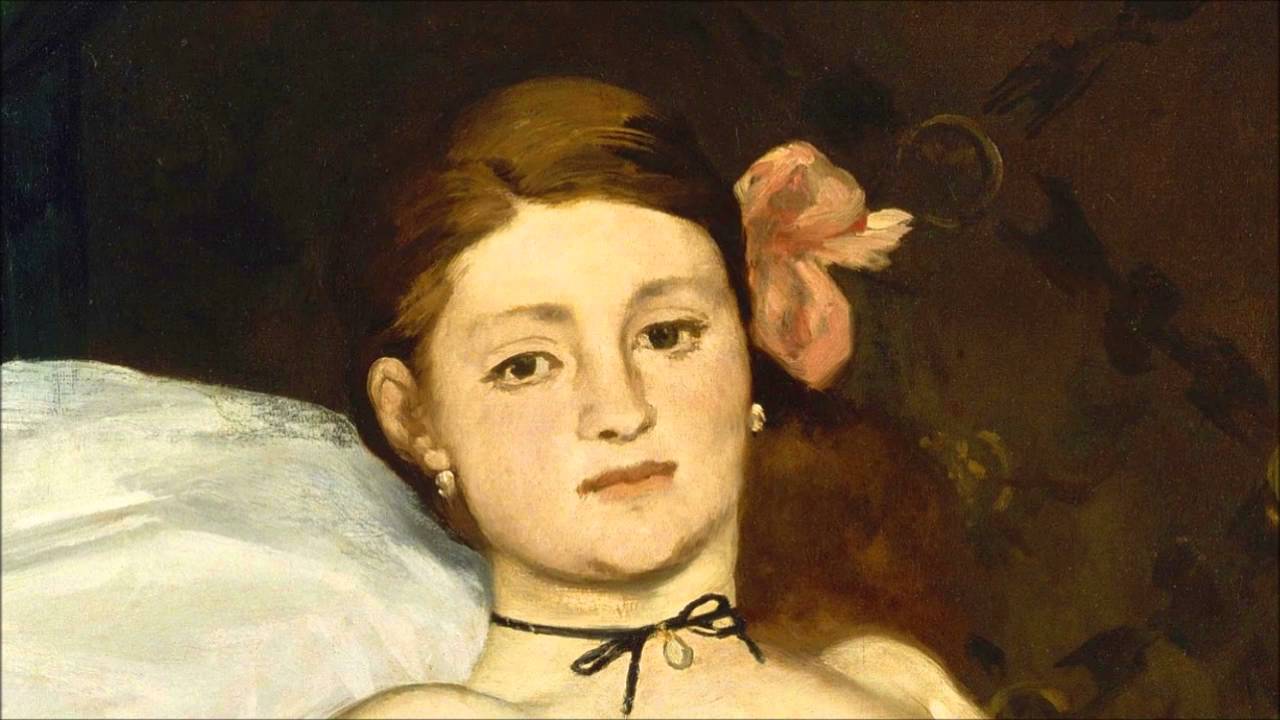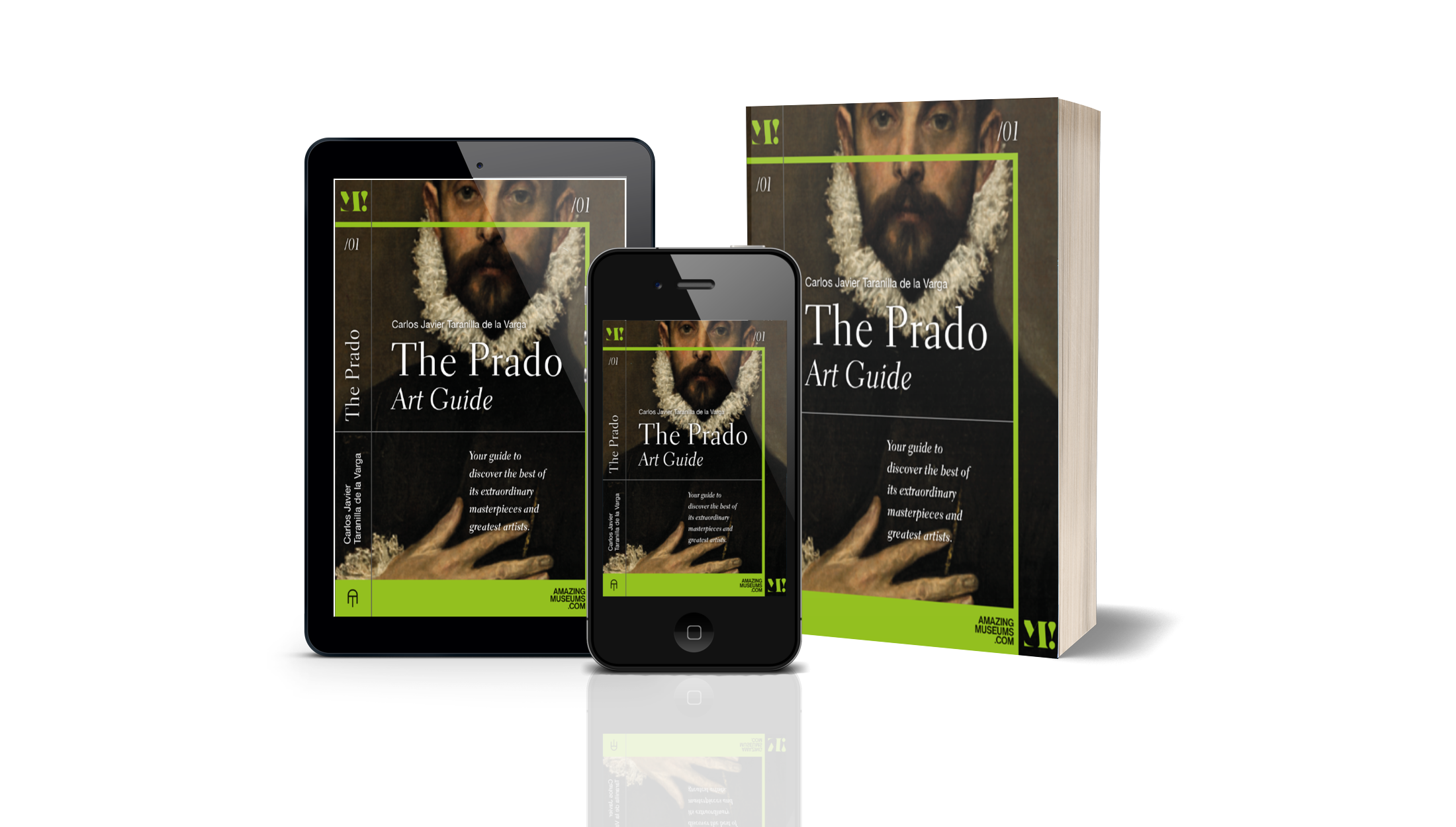
Works of art in dialogue with the past
Art is not created in a vacuum, but is nourished by the influences, references and homages of the artists that precede it. Throughout history, many creators have reinterpreted, versioned or emulated previous works of art, whether out of admiration, criticism or experimentation. In this article we will look at four examples of works of art that establish a dialogue with the past and invite us to reflect on the meaning and value of art.
Olympia by Édouard Manet
One of the most famous and scandalous works of French Impressionism is Olympia, painted by Édouard Manet in 1863. It is a female nude who looks at the viewer with a defiant attitude and is accompanied by a black maid who offers her a bouquet of flowers. The work caused great controversy for its crude realism and its break with the canons of classical beauty.
However, Olympia is not an original work, but is inspired by the Venus of Urbino, a Renaissance painting by Titian made in 1538. In it, we also see a nude woman looking at the viewer, but with a gentler and more demure expression. She is surrounded by symbolic elements that allude to her condition of faithful wife and fertile mother, such as the sleeping dog, the chest or the roses.
Manet transforms the Venus of Urbino into a modern prostitute who defies the social and moral conventions of her time. With his work, Manet questions the aesthetic and ethical ideals of academic art and proposes a new way of representing reality.

Olympia (1863) by Édouard Manet. Museo d'Orsay, París.
Venus de Urbino (1538) by Titian. Galería Uffizi, Florencia.
Las Meninas by Pablo Picasso
Another example of artistic reinterpretation is the series of 58 works that Pablo Picasso dedicated to Las Meninas, the famous painting by Diego Velázquez painted in 1656. It is a Spanish Baroque masterpiece depicting an everyday scene at the court of King Philip IV, with the Infanta Margarita as the protagonist and Velázquez himself as the self-portrait.
Picasso deeply admired Velázquez and decided to study his work from different perspectives and styles. Between August and December 1957, Picasso made several versions of Las Meninas, from the most faithful to the most abstract, passing through cubism, expressionism and surrealism. With his series, Picasso not only pays homage to Velázquez, but also explores the possibilities of pictorial language and his own identity as an artist.
Las Meninas (1656) by Diego Velázquez. Museo del Prado, Madrid.
Las Meninas (1957) by Pablo Picasso. Picasso Museum, Barcelona.
The Scream by Munch
One of the most iconic and universal works of modern art is The Scream by Norwegian painter Edvard Munch. It is a series of four works produced between 1893 and 1910, depicting an androgynous figure expressing her existential anguish with a gesture of horror. The work is one of the precursors of expressionism and reflects the feeling of alienation and loneliness of human beings in industrial society.
The scream has a clear influence of another earlier work, The Parable of the Blind, by the Flemish painter Pieter Brueghel the Elder. It is a 16th century painting illustrating a biblical passage in which six blind men are walking towards a precipice. The work is a critique of the ignorance and superstition of the time.
Munch draws on Brueghel's composition and coloring to create his own version of human despair. However, Munch does not depict a religious or moral scene, but a personal and subjective experience. With his work, Munch inaugurates a new way of expressing emotions and psychological states through art.

The Scream (1893) by Edvard Munch. National Gallery of Norway, Oslo.
The Parable of the Blind (1568) by Pieter Brueghel the Elder. Museo di Capodimonte, Naples.
Marilyn Monroe by Andy Warhol
Finally, we cannot fail to mention one of the most representative works of pop art, the artistic movement that emerged in the 50s and 60s and is characterized by using images and objects of popular culture and mass consumption. One of its greatest exponents was the American artist Andy Warhol, who used the silkscreen technique to create works based on photographs and media icons.
One of his recurring themes was the actress Marilyn Monroe, to whom he dedicated several series of works after her death in 1962. Warhol took as a reference a publicity photograph from the film Niagara (1953) and reproduced it in different colors and combinations. With his work, Warhol not only pays homage to the Hollywood star, but also reflects on fame, death and the trivialization of the image.

Marilyn Monroe (1962) by Andy Warhol. Tate Modern, London.
Advertising photography (1953) by Niagara. 20th Century Fox.## Marilyn Monroe by Andy Warhol
These are just a few examples of works of art that pay homage to or version previous works of art, but there are many more. Art is a living language that is constantly renewed thanks to the dialogue between artists and their referents.
We invite you to discover other works that surprise you by their similarities or differences with others you already know in our collection of books Great Museums. With these books you can discover artists along with their work, technical characteristics, data and, above all, information about the greatest works of art housed in the world's major museums. If, for example, you want to know the Prado Museum in Madrid, we recommend "The Prado Art Guide" already available on Amazon by clicking here.

